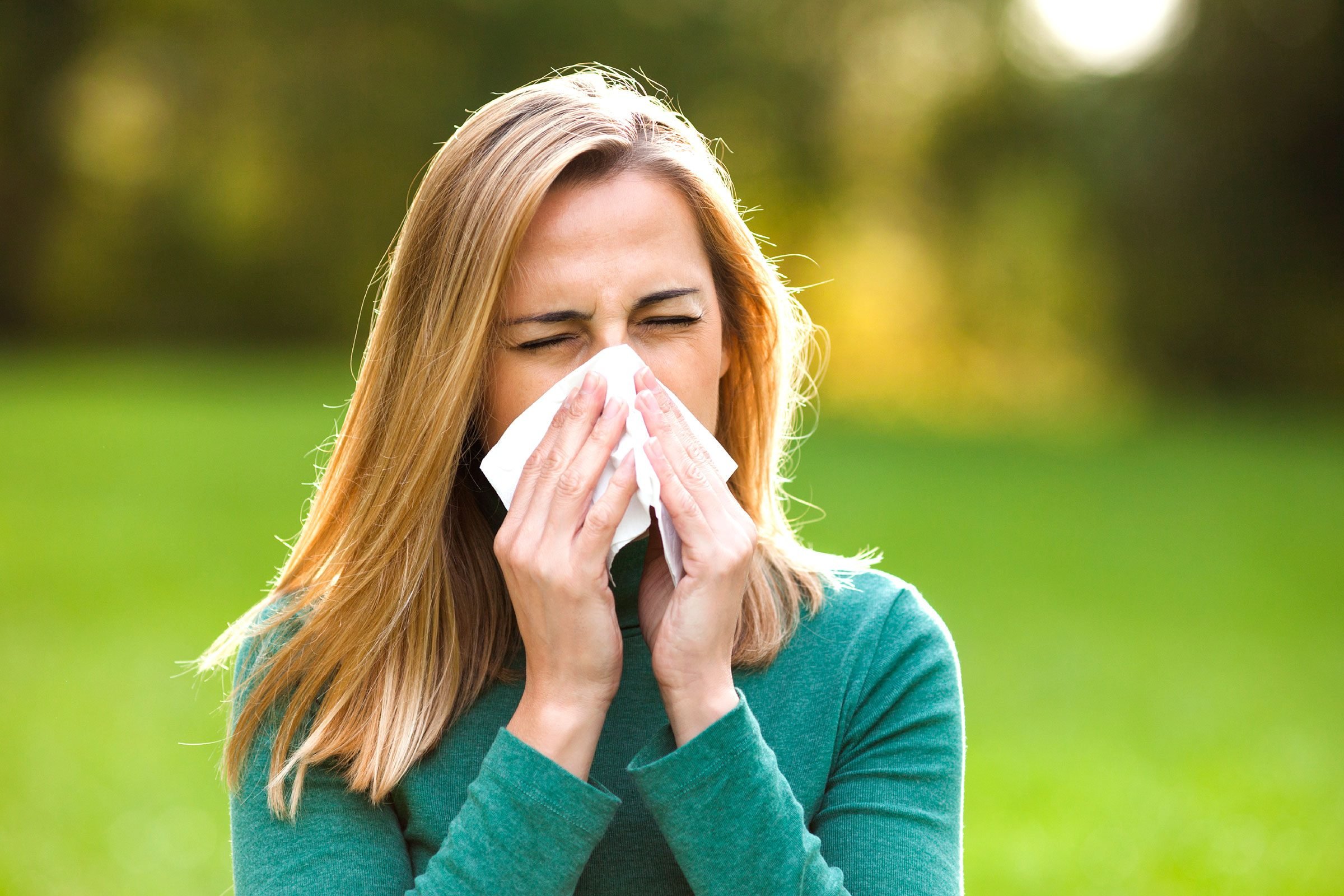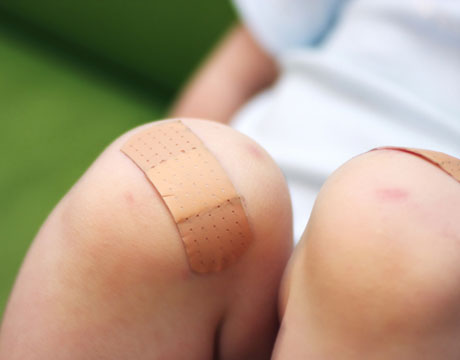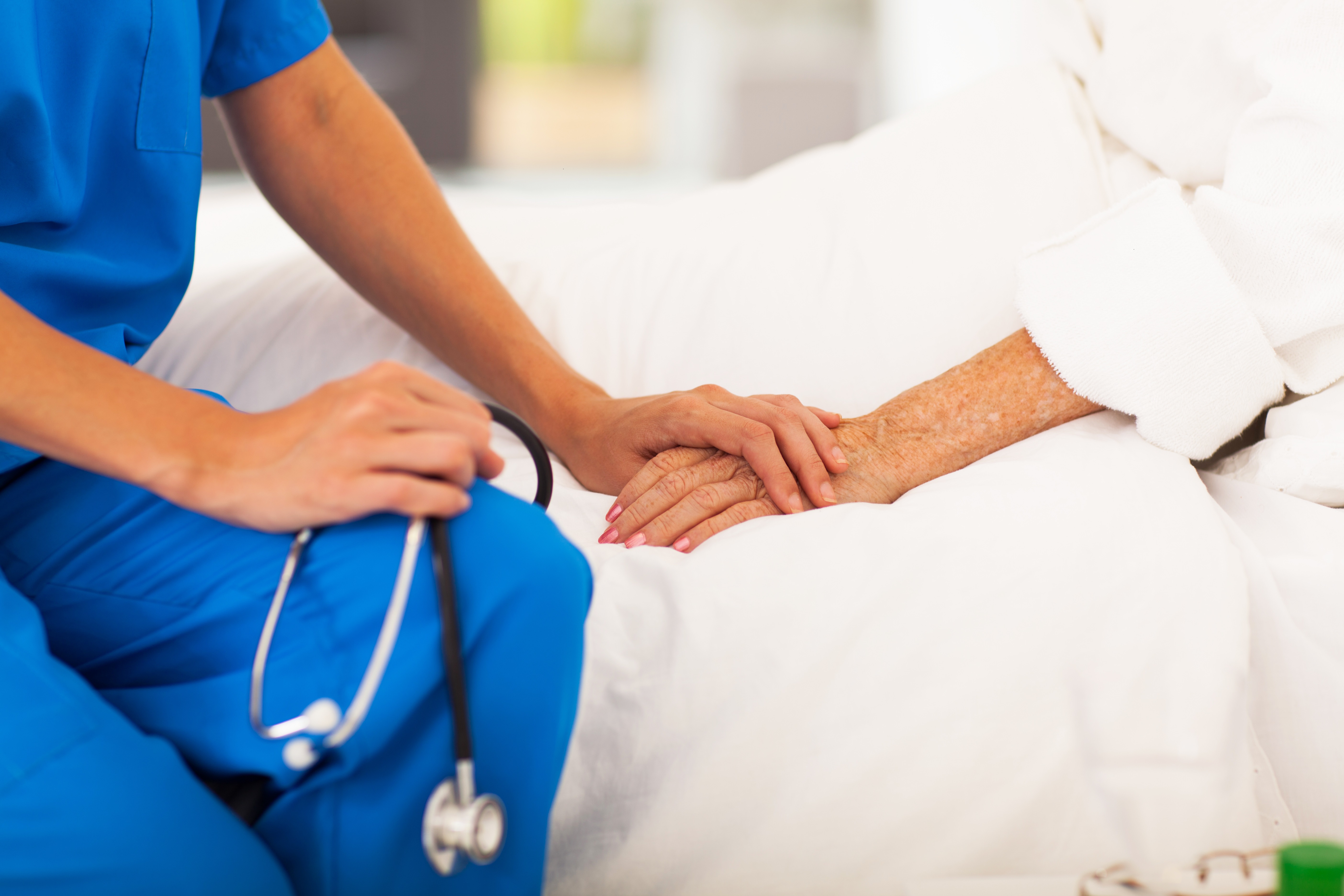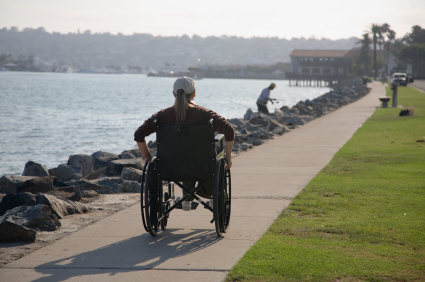Diagnostic medical equipment and
supplies help clinicians to measure and observe various aspects of a patient's
health so that they can form a diagnosis. Once a diagnosis is made, the
clinician can then prescribe an appropriate treatment plan.
Diagnostic medical equipment is found in
outpatient care centres for adult and paediatrics, in emergency rooms, as
well as inpatient hospital rooms and intensive care units.
Order medical supplies and equipment online today!
Supply Doctor has a wide range of medical products, from otoscopes to stethoscopes, thermometers and disposable medical supplies - place your order today!
The following list provides an overview of
some of the most commonly used diagnostic tools.
Stethoscopes
Stethoscopes are probably the most
recognizable of all medical diagnostic tools. They are used to listen to
heart sounds, the lungs and even blood flow in the arteries and
veins.
- Stethoscopes help diagnose:
- Pneumonia
- Bronchitis
- Heart palpitations
- Heart disease
- Arrhythmia
- Heart valve issues
Stethoscopes are also used along with a
sphygmomanometer to measure blood pressure.
Electronic Stethoscopes improve sound
quality when listening to the low-pitched heart sounds and the high-pitched
pulmonary sounds. They can be connected to a computer to record and save the
sounds.
They can be hooked up to distributors that allow multiple people to
listen on adjoining stethoscopes. This last feature is important when training
interns, residents and fellows.
Sphygmomanometers
Evidence-based medicine has proven
that the measure of blood pressure is important in determining the overall
health of a person.
The sphygmomanometer can help diagnose:
- Diabetes
- High or low blood pressure
- Artery hardening
- Arterial plaque
- Hypotension
High blood pressure has been linked to
several diseases. There are a few products that are used to measure blood
pressure.
Manual sphygmomanometers are
considered the most reliable. Mercury manometers don't require routine
calibration, and therefore are used in high-risk scenarios.
Aneroid sphygmomanometers are a little
less reliable because they can lose their calibration when bumped, which can be
a common occurrence in health care settings. Wall-mounted styles can reduce
this possibility, but should still have calibration checks to be sure. The
aneroid style is easily identified as a mechanical unit with a dial for the
readings, as well as a bulb and air valve.
Digital finger blood pressure monitors are
the smallest and most portable. While easy to operate, they are a bit less
accurate.
Digital sphygmomanometers, like the digital
finger blood pressure monitors, are also electronic. They can be inflated
either manually or automatically. They are easy to use, but derive blood
pressure in an indirect way. Digital units measure mean arterial pressure,
which basically translates into an average of the systolic and diastolic
pressure. The digital sphygmomanometer then must derive what the systolic and diastolic
readings would be.
Opthalmoscopes
Ophthalmoscopes are handheld tools that allow
a physician to see into the fundus of a patient's eye. This type of diagnostic
tool is commonly used in physical or outpatient exams.
Ophtalmoscopes can help diagnose:
- Bacterial infections
- Detached retinas
- Glaucoma
There are two types of ophthalmoscopes.
Direct ophthalmoscopes produce an
upright image of approximately 15 times magnification. These tools are held as
close to the patient's eye as possible.
Indirect ophthalmoscopes produce an
inverted image of 2 to 5 times magnification. Indirect ophthalmoscopes are held
24 to 30 inches from the patient's eye. Indirects also have a more powerful
light so they are more effective than directs when used in patients with
cataracts.
Otoscopes
Otoscopes are handheld devices that
allow physicians to look into the ear canal and view the tympanic membrane
through the magnification lens.
Otoscopes help diagnose:
- Ear infections
- Tinnitus (ringing in the ears)
- Causes of vertigo or dizziness
- Meniere’s disease
- Swimmers Ear
The head of the otoscope also has a light.
The light, together with the magnifying lens, make it possible to view the
outer and middle ear. The portion that the physician inserts into the ear canal
is called the disposable speculum. Disposable specula are stored in a dispenser
in the exam room so that a new, clean one can be attached to the otoscopes for
each patient.
Electrocardiographs
Electrocardiographs measure the electrical
activity of the heart. During this examination, heart rate can be
recorded, as well as the regularity of the beats. These are two key indicators
of any issues in the heart. Physicians can even read an electrocardiograph to
determine the size and position of each heart chamber. And finally, a major use
for the electrocardiograph is to diagnose damage to the heart, and the impact
and efficacy of drug treatment or device implant.
Thermometer
Thermometers are used in all areas and
levels of care, from routine physical exams, to emergency department triage, to
inpatient care. There are now electronic thermometers that shorten the time
necessary to measure a patient's temperature. The electronic ones can be set
for the specific part of the body being measured, such as the mouth, under the
armpit, rectally, or the ear.
































